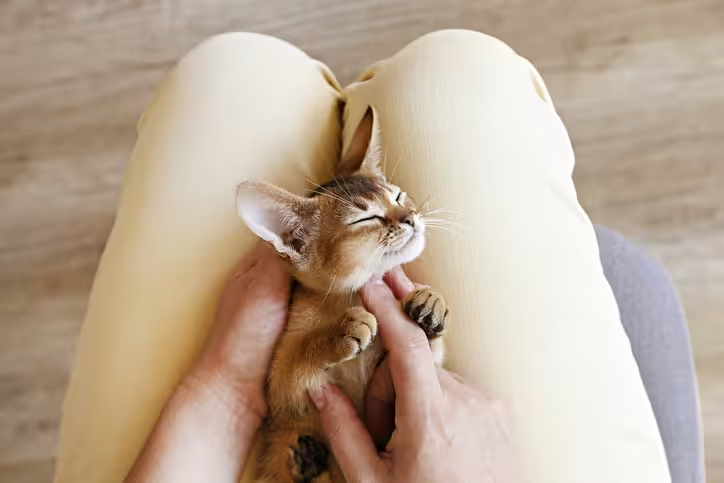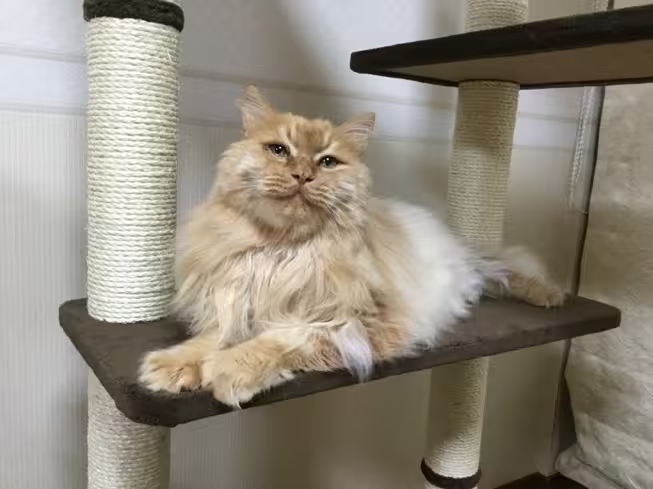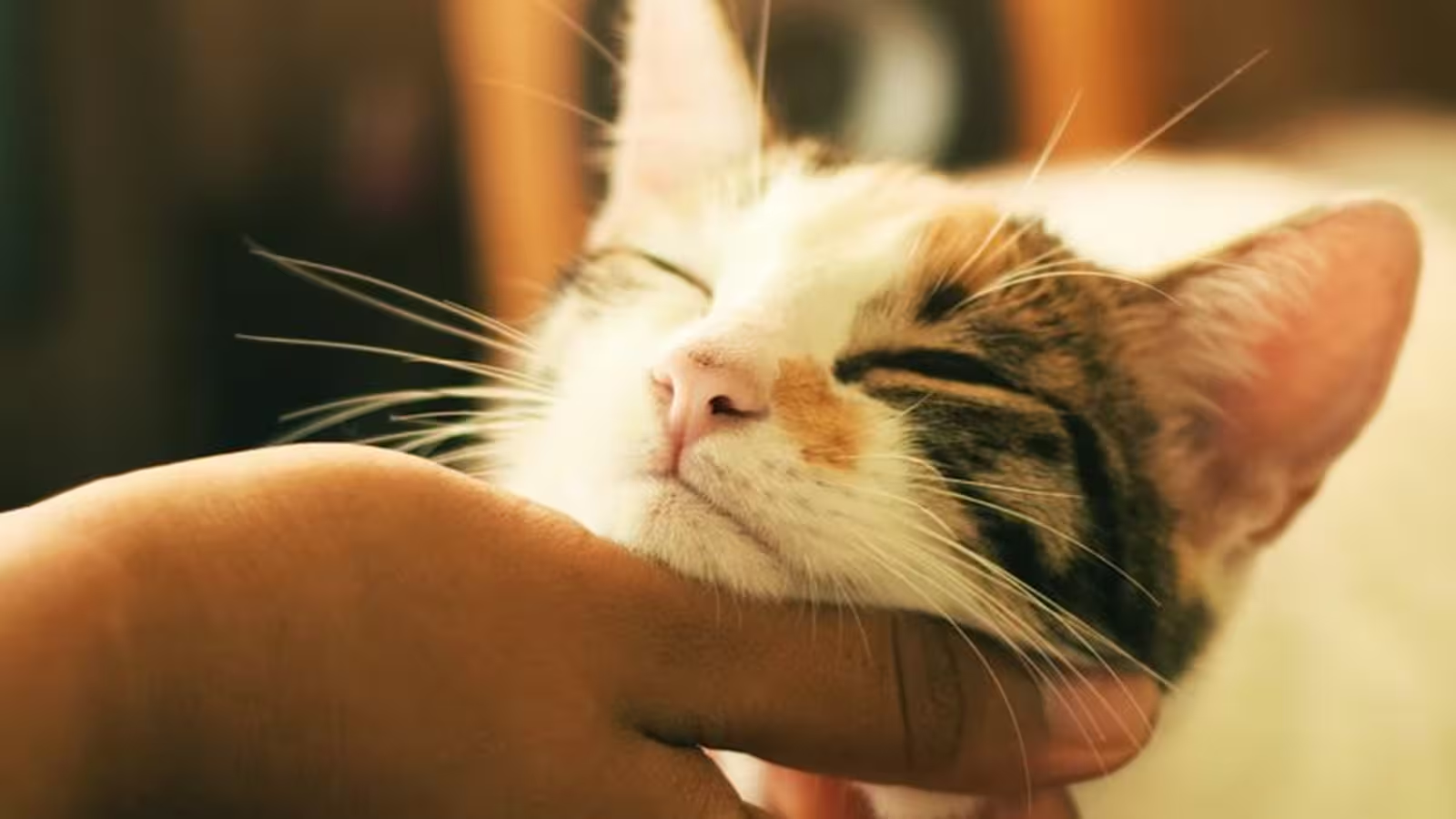3 Minutes
Unlocking the Genetics of Cat Purring
For centuries, the gentle purring of domestic cats has been an iconic symbol of feline contentment and communication, yet the precise genetic mechanisms underlying this calming vibration have eluded scientists. A new study led by biologists at Kyoto University in Japan may finally illuminate the genetic roots of this unique cat behavior, potentially transforming our understanding of feline biology and human-cat interactions.
Scientific Context: Why Cats Purr
Domestic cats (Felis catus) have lived alongside humans for thousands of years, but experts have long debated both the evolutionary purpose and biological triggers for a cat’s purr. While cats often purr when relaxed, they may also do so when injured or in distress. Moreover, whether similar low-frequency vocalizations in larger wild felines—such as lions or leopards—qualify as true purring remains uncertain, highlighting the need for genetic studies into this trait.

The Kyoto University Study: Genetic Foundations of Cat Vocalization
To investigate this phenomenon, a research team led by biologist Yume Okamoto at Kyoto University analyzed DNA samples and surveyed owner-reported behaviors from a sample group of 280 domestic cats. The study focused specifically on the genes that regulate androgen receptors, which are known to control responses to testosterone and influence various animal behaviors, including vocal communication.
Key Discovery: Androgen Receptor Gene Variants
Researchers identified a correlation between purring frequency and a specific genetic variant: cats with a shorter type of the androgen receptor gene were reported by their owners to purr more frequently. Male cats with this short-type gene variant were also observed to be more vocal in their interactions with humans.
This finding implies that the length of the androgen receptor gene may impact testosterone-related behaviors—one of which is vocalization. When the team extended their analysis to 11 different feline species, they discovered that the long-type variant of the gene appeared exclusively in domestic cats, and not in their closest wild relatives such as the fishing cat (Prionailurus viverrinus) or the leopard cat (Prionailurus bengalensis). This suggests the long-type mutation may have emerged as part of the domestication process.
Further research revealed that pure-bred cats are more likely to possess the long-type gene than mixed-breed or stray cats. The scientists hypothesize that cats raised consistently among humans may be less reliant on vocal communication for survival, allowing the gene variant that reduces vocal tendencies to persist in these controlled environments. As the researchers state, this supports the theory that purring and vocalization help cats attract attention or support, enhancing survival through effective interaction with both humans and other cats.

Broader Implications: Beyond Contentment
It's important to note that cats do not purr solely when they are happy. Purring also occurs during times of injury or stress, which has led some scientists to propose that purring may serve a healing function, possibly aiding in recovery.
Additionally, recent anatomical studies discovered specialized soft pads within the feline vocal cords that generate the signature 25- to 30-hertz purr, even without active muscle contractions. This indicates that the soothing purr is partially an automated physiological process.
As lead researcher Yume Okamoto explains, "Through our research, we hope to deepen our understanding of cats and contribute to building happier relationships between cats and humans."
Conclusion
The identification of genetic variants linked to cat purring marks a significant advance in feline genetics and behavioral science. By clarifying how genes influence vocal communication, this research not only answers a longstanding question in animal behavior but also holds promise for improving human–animal relationships and shedding light on the complex co-evolution of cats and humans.
Source: doi



Comments